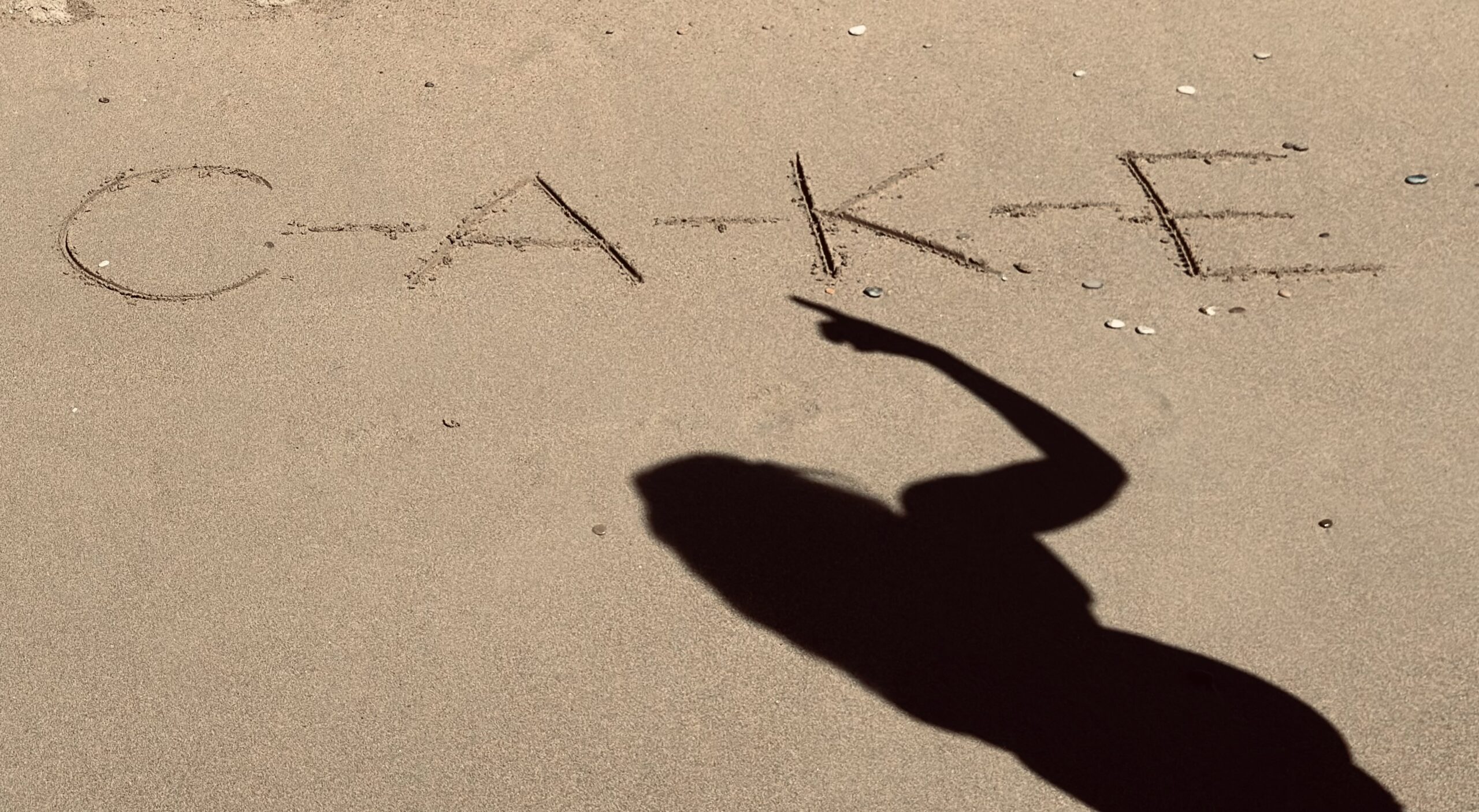Anna Tatarczyk
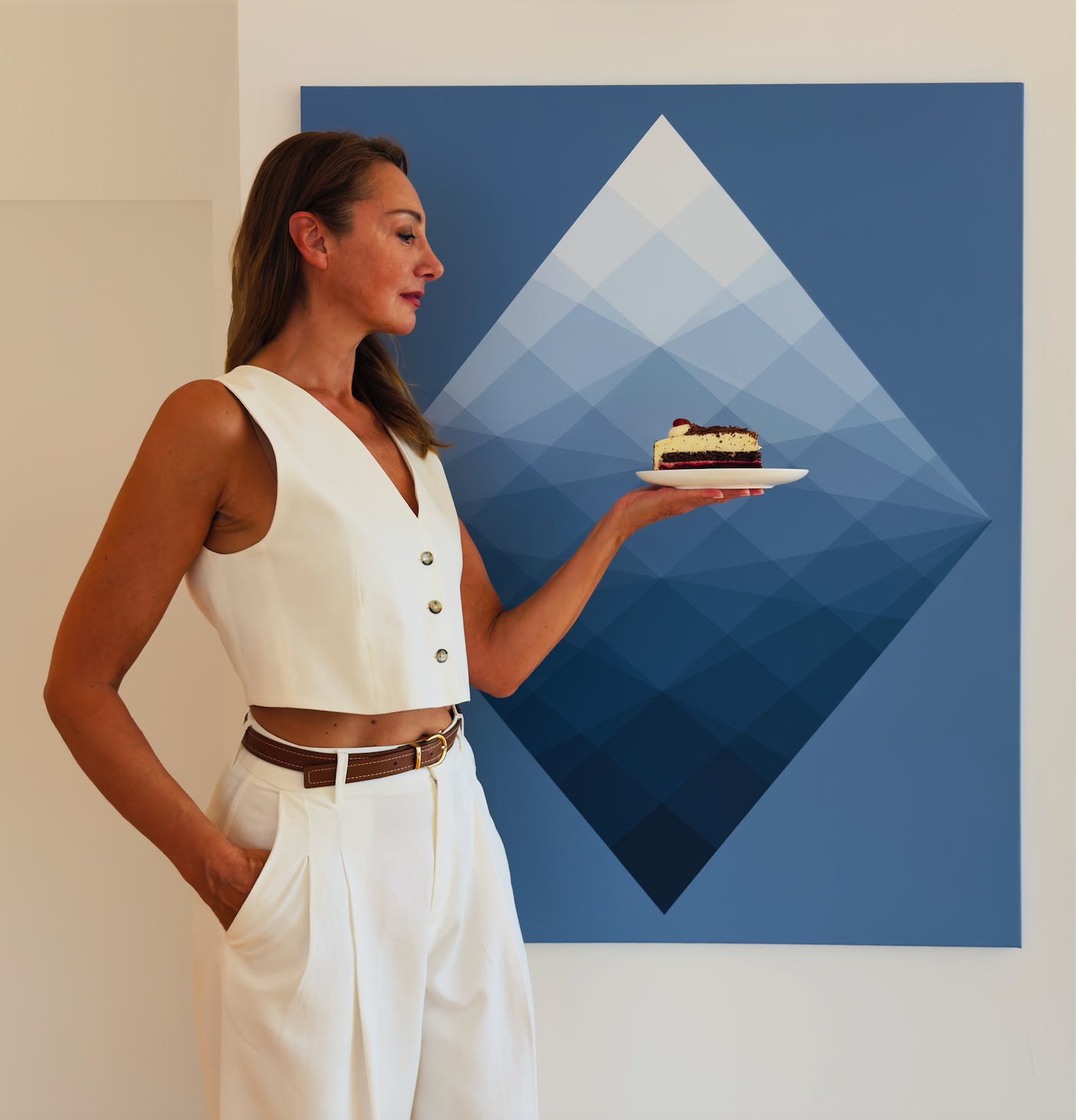
The op art artworks and diptych black and white paintings of Anna extraordinarily enough took me back home to South Africa to the Ndebele people and their traditional art. Whether it’s her abstract black and white or her illusive colour spectrum of her three dimensional diamonds and illusions that move outwards or inwards, from the colours to the innuendo of Africa, however nothing could possible be more remotely removed from her story of the origins and inspirations of her work. Her artworks appear simple and refined, with the illusion of expanse and creating an atmosphere of time and the universe. Like the cut diamond that draws one into the cool-levities of structure over time, and the outward looking into the cosmos. Her work was created with the skills of geometry and mathematics, and her choice of colours reveal the complexities of nature. It’s this combination of warmth and abstract that defines a whole new concept of Op art. Anna defines and describes her journey into the art world through the story of being raised in communist Poland. And the influences, structures and climate and how it affected her culturally, emphasising that life was manageable and straightforward, but because so much wasn’t possible at the time, and how the impossible became possible. She describes that she always had an inclination towards mathematics, geometry and music. It was whilst visiting Germany on holiday, that she discovered art for the first time, and the freedom of expression engulfed her. She desired nothing more than to feel this freedom.
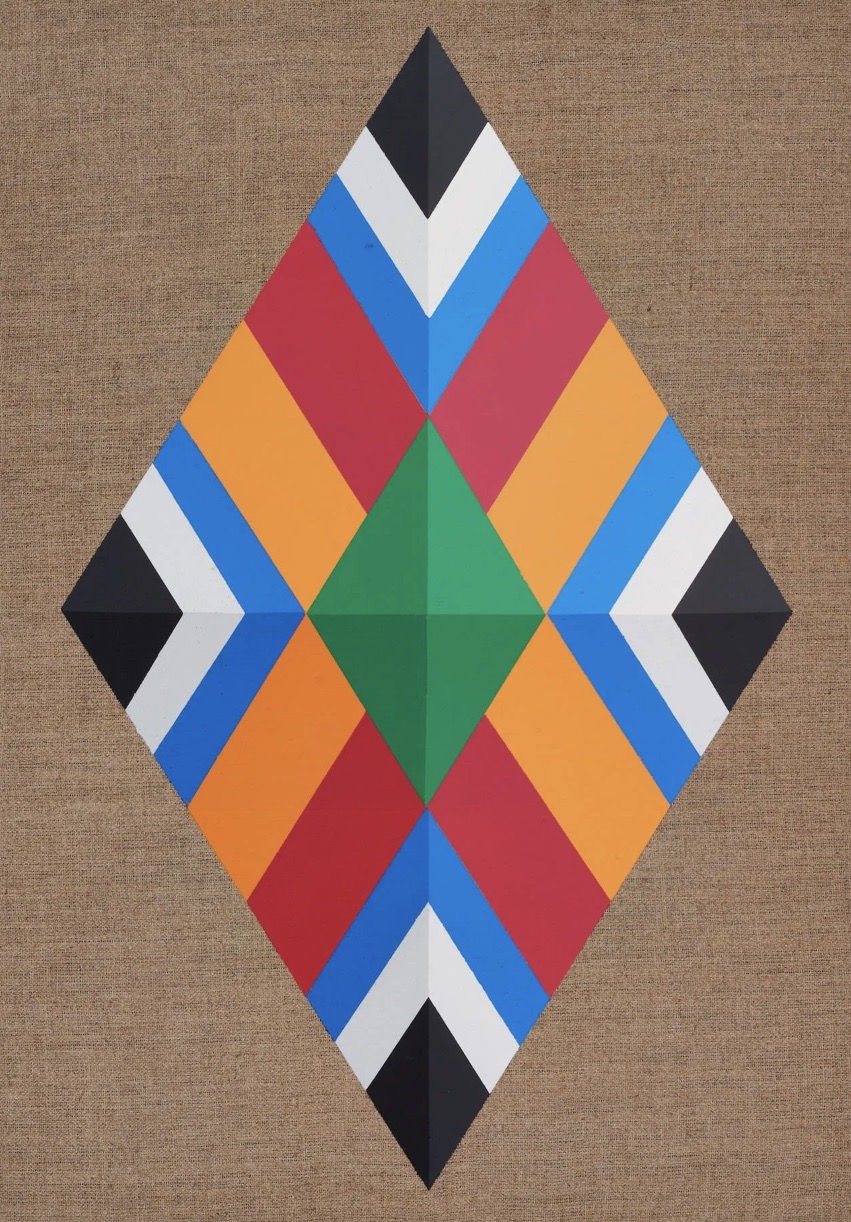
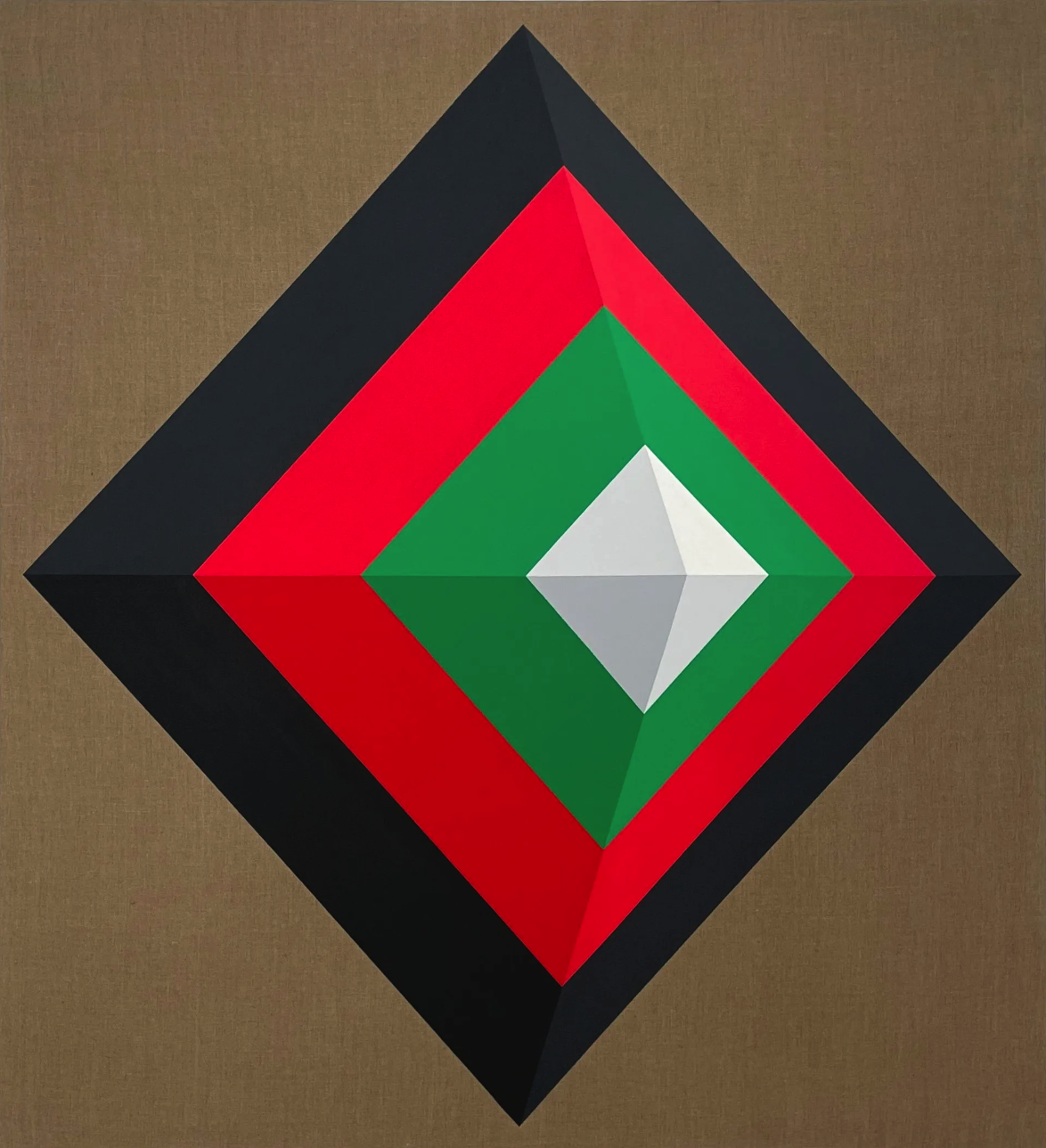
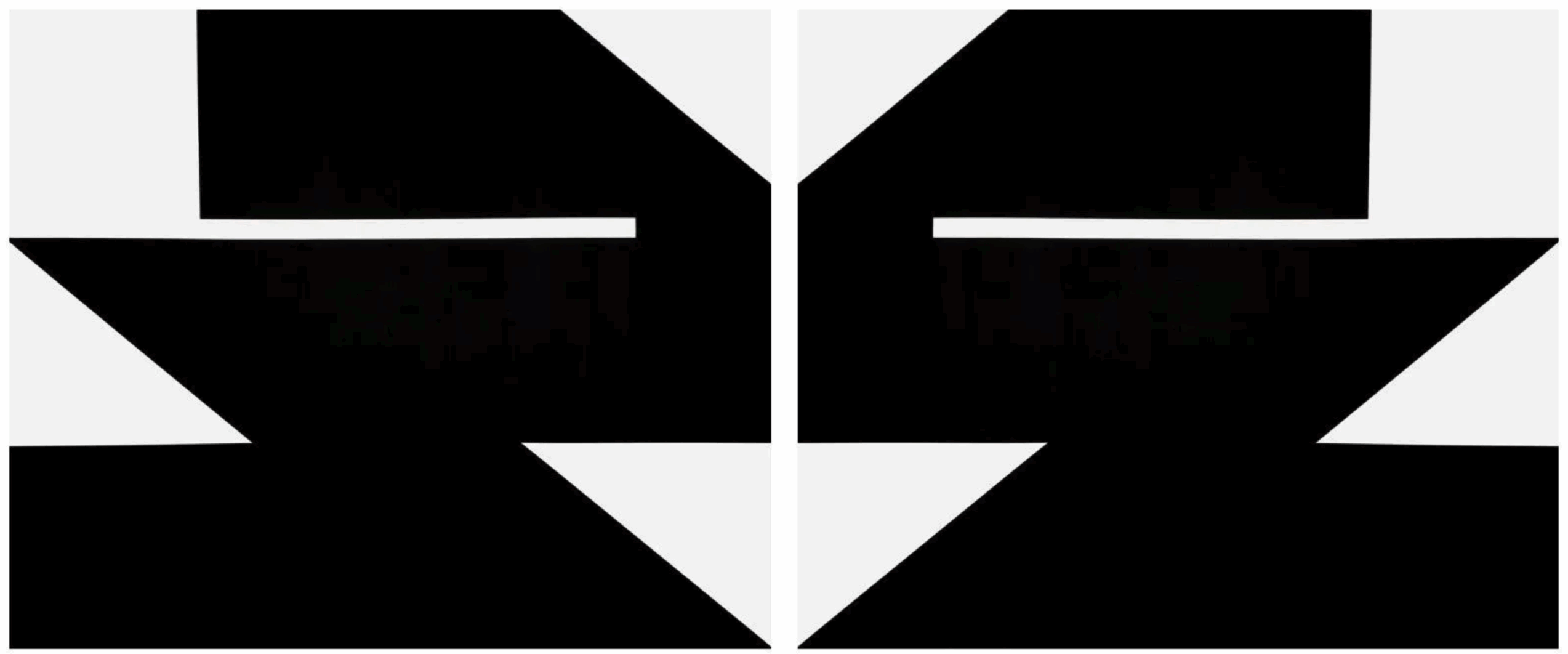
We discuss the end of communism in 1989, and how suddenly there were possibilities, almost like an awakening, and she recalls being able to attend the French Lycée, mostly concentrating on mathematics and physics. However, she recalls always standing out and being different, “I came from, quite honestly, a working-class housing estate, so not from an educated, intellectual family.” She describes the simplicity of life: “The only educated people were teachers or party members, and we all lived together. It’s not like here in Germany, for example, where educated people live in wealthy housing estates or houses.” She recalls how her father described her as the black sheep because of how she uniquely expressed herself, creatively making her own fashions. She describes sewing her own clothes and making her own art as a young teenager, and she recounts that no one did that in her community where she lived. She recollects finding old things from various places, newspapers, and photos, and creating collages, which was her art classes, she tells me. But she does emphasise that she was taught Russian, and then later English and German. “That is my communist past” . This defines the time when Poland was liberated. Everyone wanted to be independent as they started their own businesses and started building careers studying business and economics. “Everyone was hungry at the time,” she recalls. But there was no art, and she felt lost. But Anna is tall at 1.8 meters, she tells me, she was scouted and began modelling, a modelling job took her to visit Düsseldorf, in Germany.
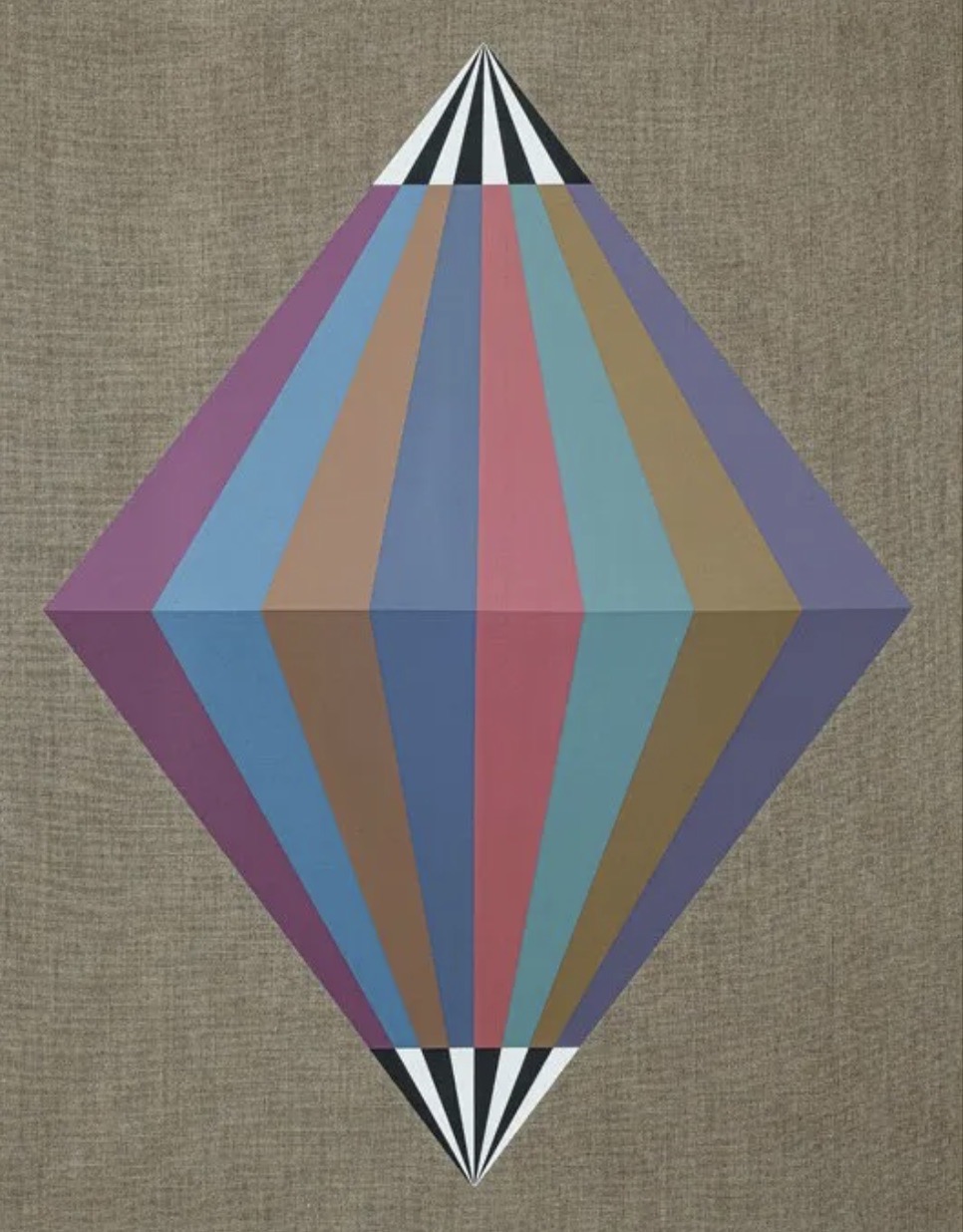
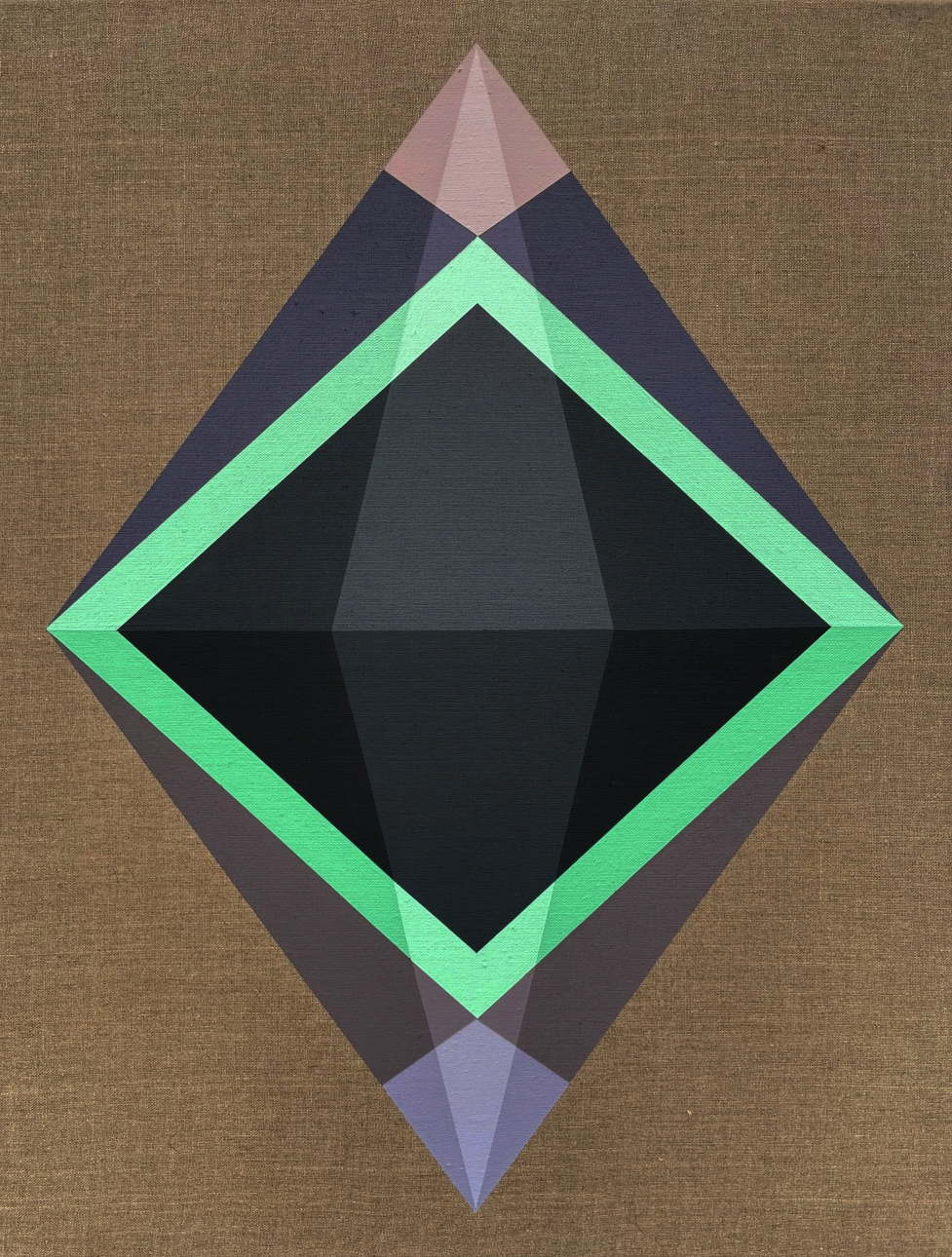
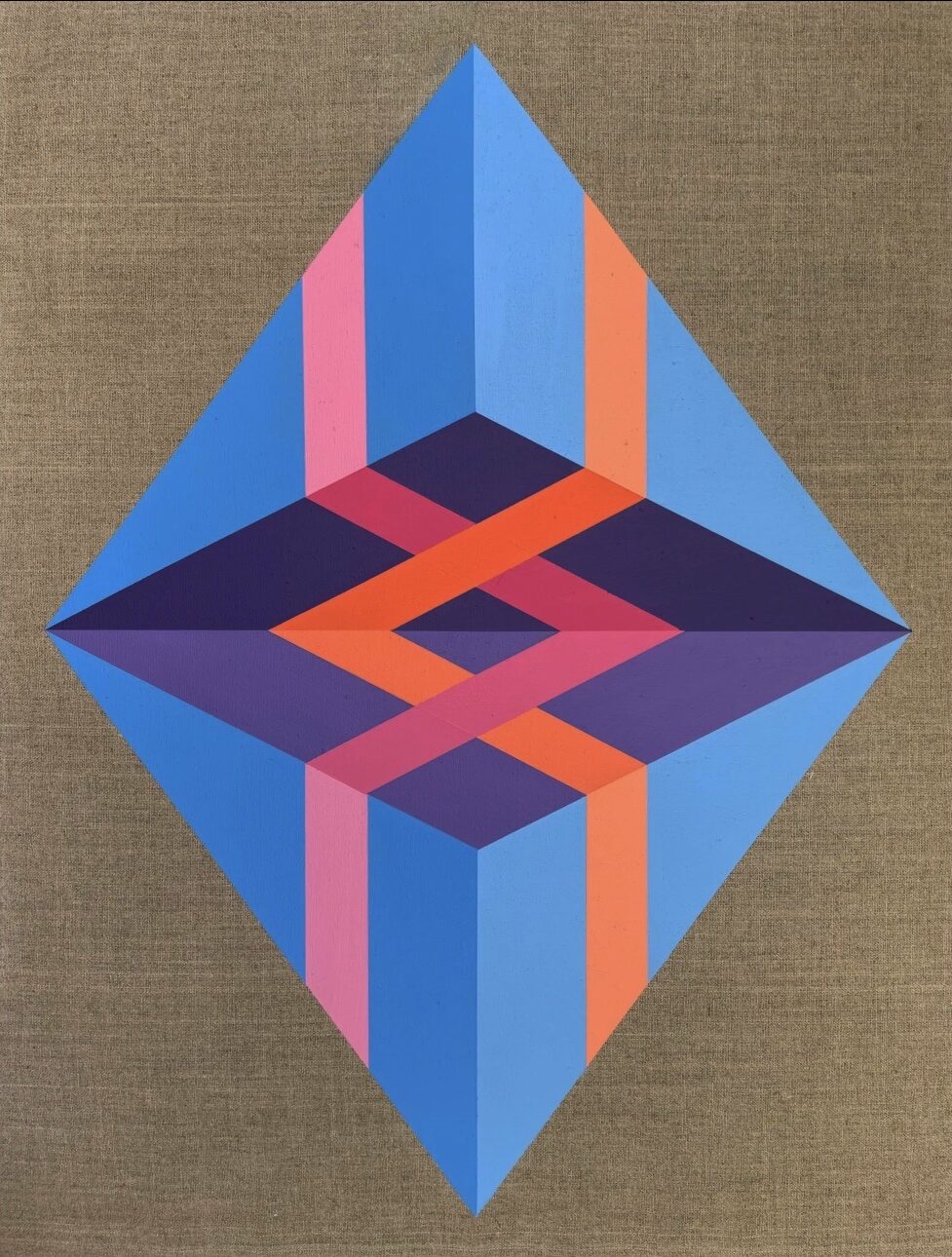
Anna describes the contrast of living in grey Poland at the time, and arriving in what she expresses as colourful and free, it was a completely new world for her. She recalls imagining what the grass and air would look like outside Poland when she was still growing up, and when she landed in Germany, enthralled by the vibrancy of freedom. She made a life choice, she was young, curious and hungry. In the beginning, it was not easy with visas, before Poland joined the EU in 2004, but she continued working as a model, travelling between the two nations. In order the get a German visa, she started studying to be a Germanist. The early years were not easy, as she was trying to find her way; however, it was a visit to the famous Kunst Akademie (art academy) in Düsseldorf. She recalls really seeing this beautiful old building, and the curiosity got the better of her, so she made the point of walking there to visit it, without knowing what an art academy was; next, she found herself modelling, for life drawing classes in the academy. This paid for her German language studies; however, she eventually gave up on her Germanist studies and started drawing and painting herself, as she explored figurative art. “Figurative art is very important, because you sharpen your perspective of seeing,” she explains. “You learn to see, this elementary is very important,” she emphasises, “the human body is very complex,” she clarifies.
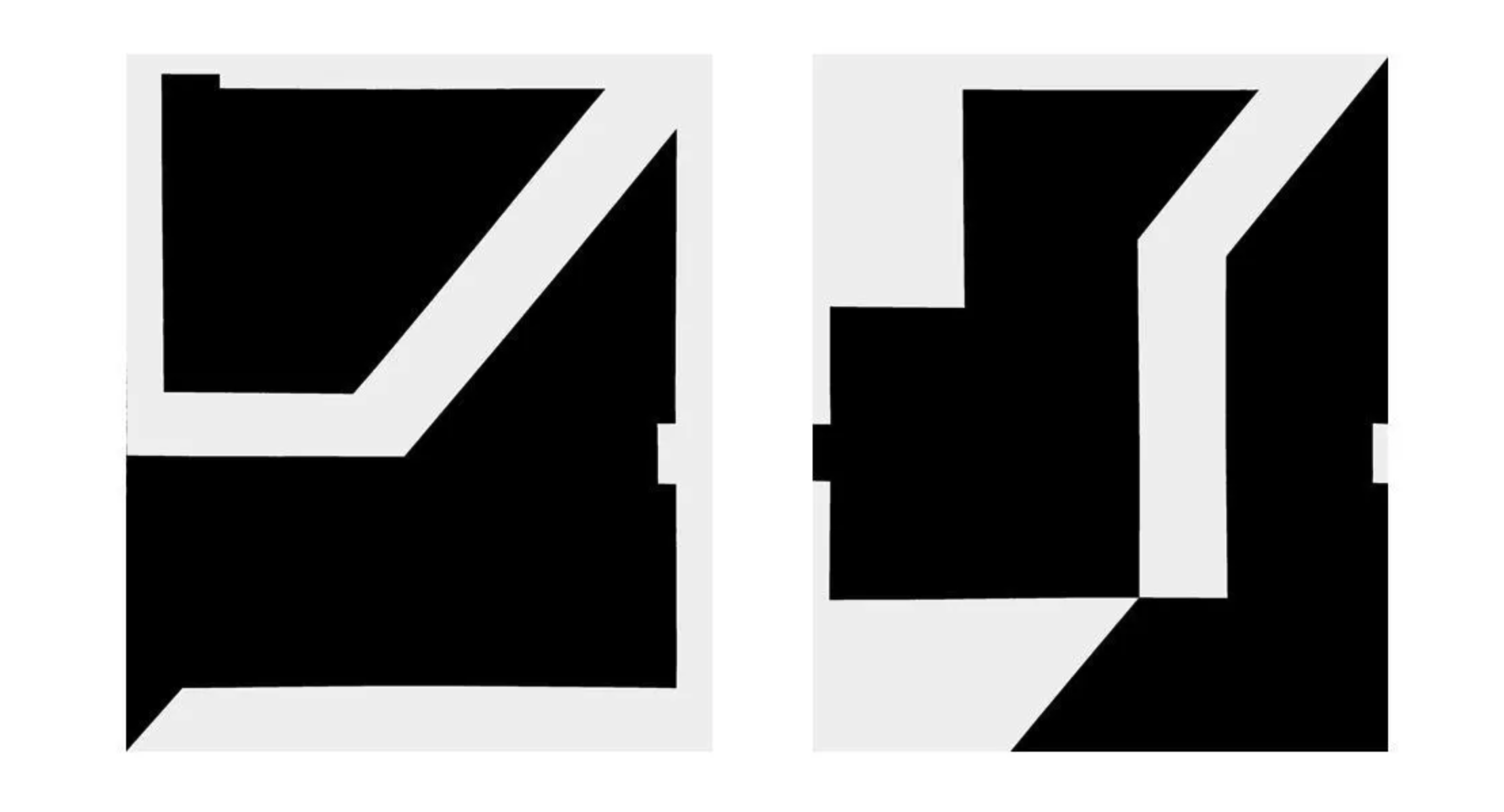
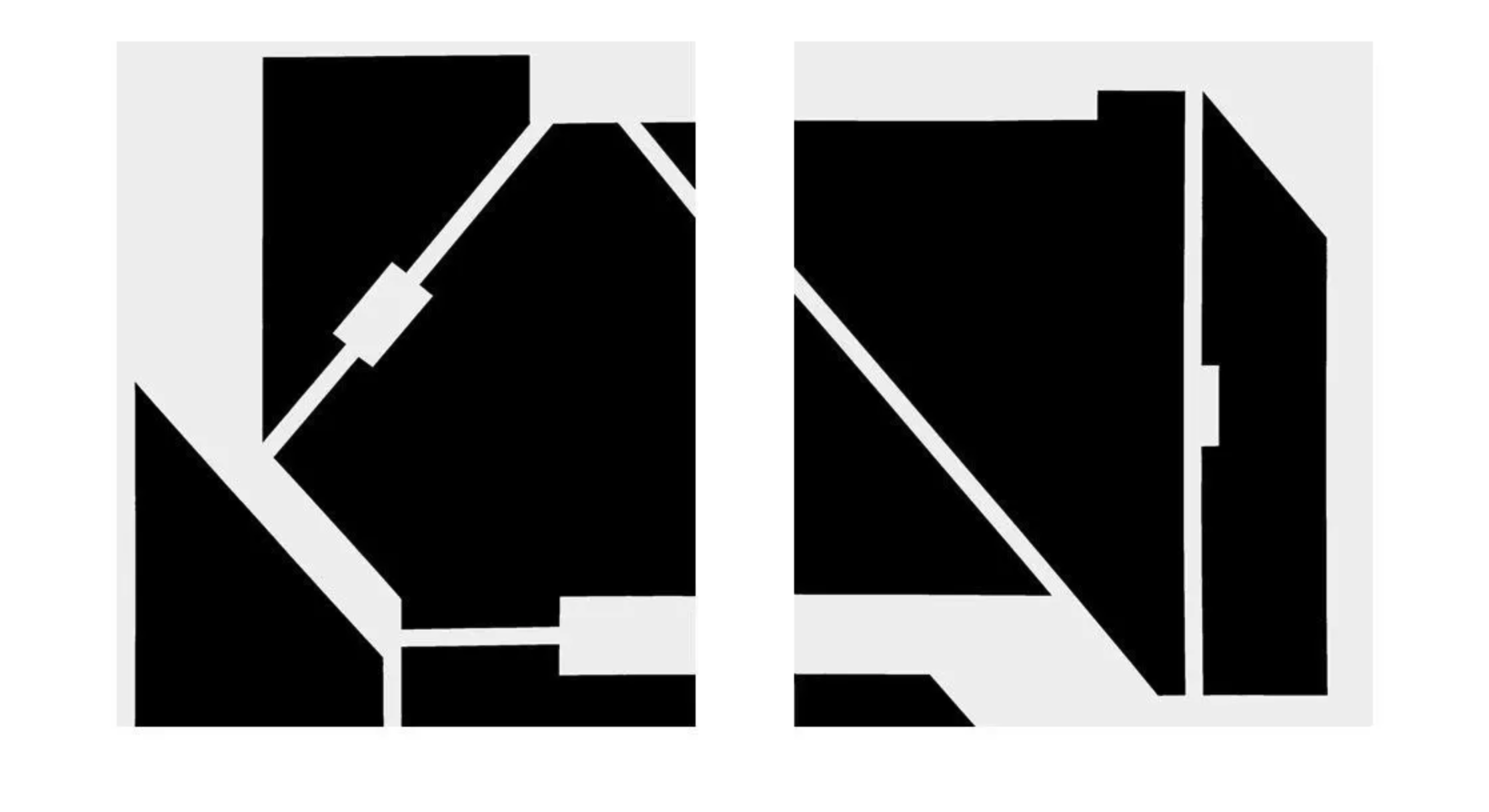
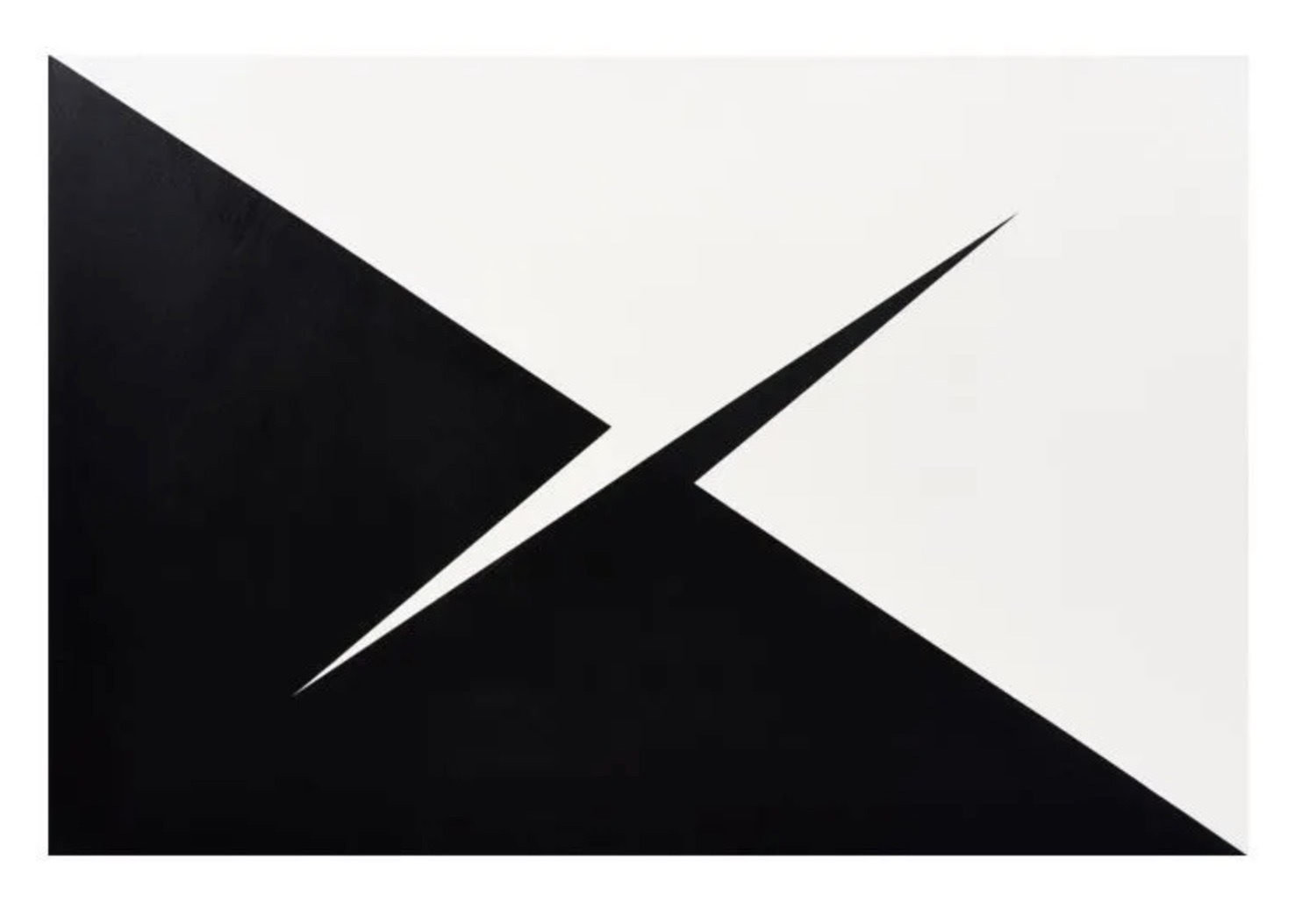
Working with the tutelage of Markus Lüpertz, then Director of the Art Academy, Anna learnt that the culture of the art industry, and what it involved emotionally, the hierarchies and policies of the institution. Besides the peer pressures, Anna continued her tutorials; she loved painting and ignored much of the establishment. Her Professor Mr. A. R. Penck and Mr. Anzinger encouraged her to persevere. She continued painting, and she shrugged, “It was good”. Then her mother died suddenly, it was a dramatic time, and in shock, she stopped painting for a year. When Anna picked up the paint brush again a year later, her style shifted; she didn’t know how, but she describes it as an unconscious moment, in that she decided she wanted to paint geometrically. She taped the small canvas, she didn’t know what the result would be, “It was natural and so cheeky,” she exclaims, “this little diamond, it was just there”. It was at that moment that she knew what art she had to do, and the next day, she painted more. It’s this understanding of one’s own voice as an artist that is the hardest part of the journey, no matter what the direction it takes us. “It was like a new birth for me. It is interesting that it took 15 years to get here. I knew from that day on, this is my thing”.
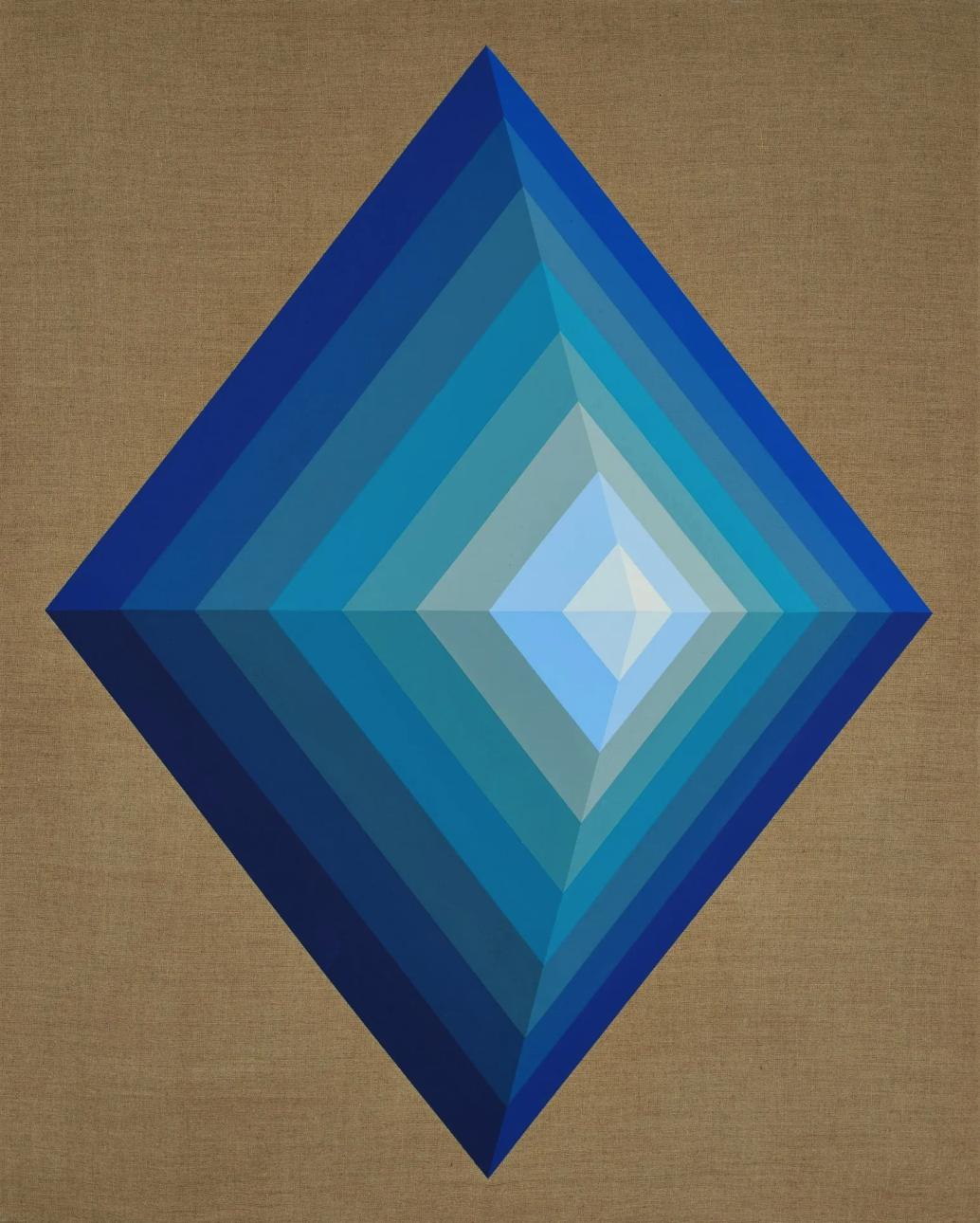
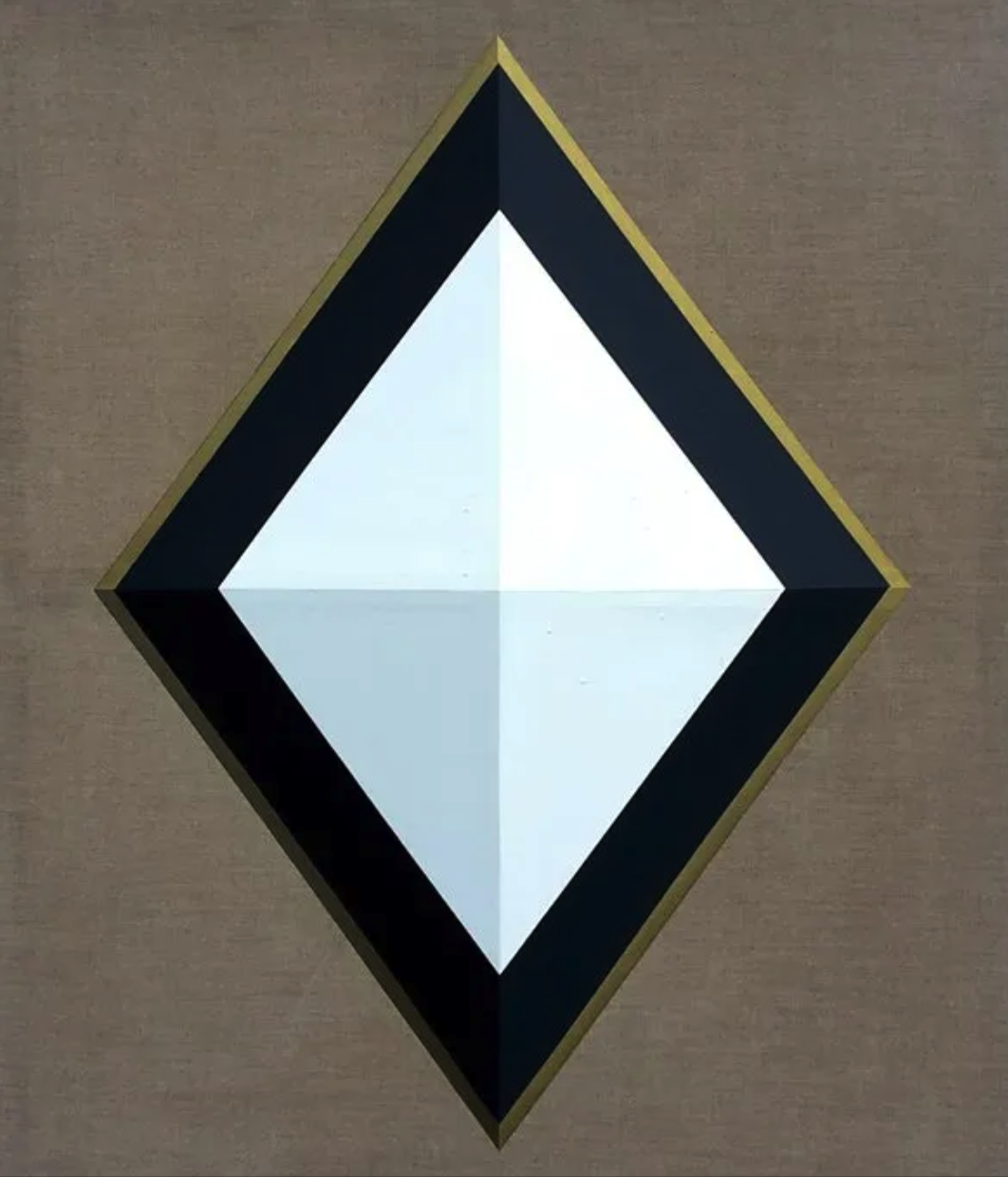
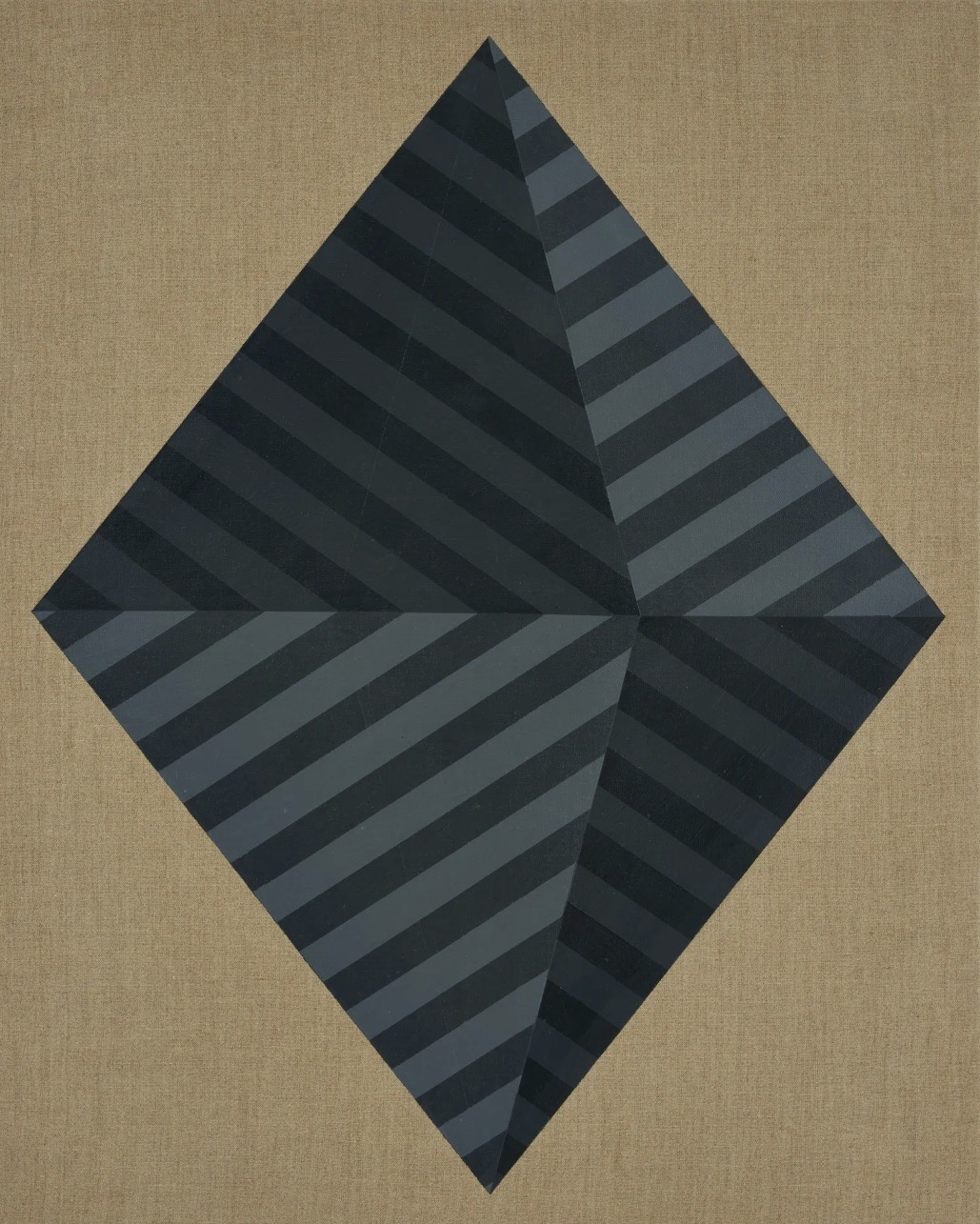
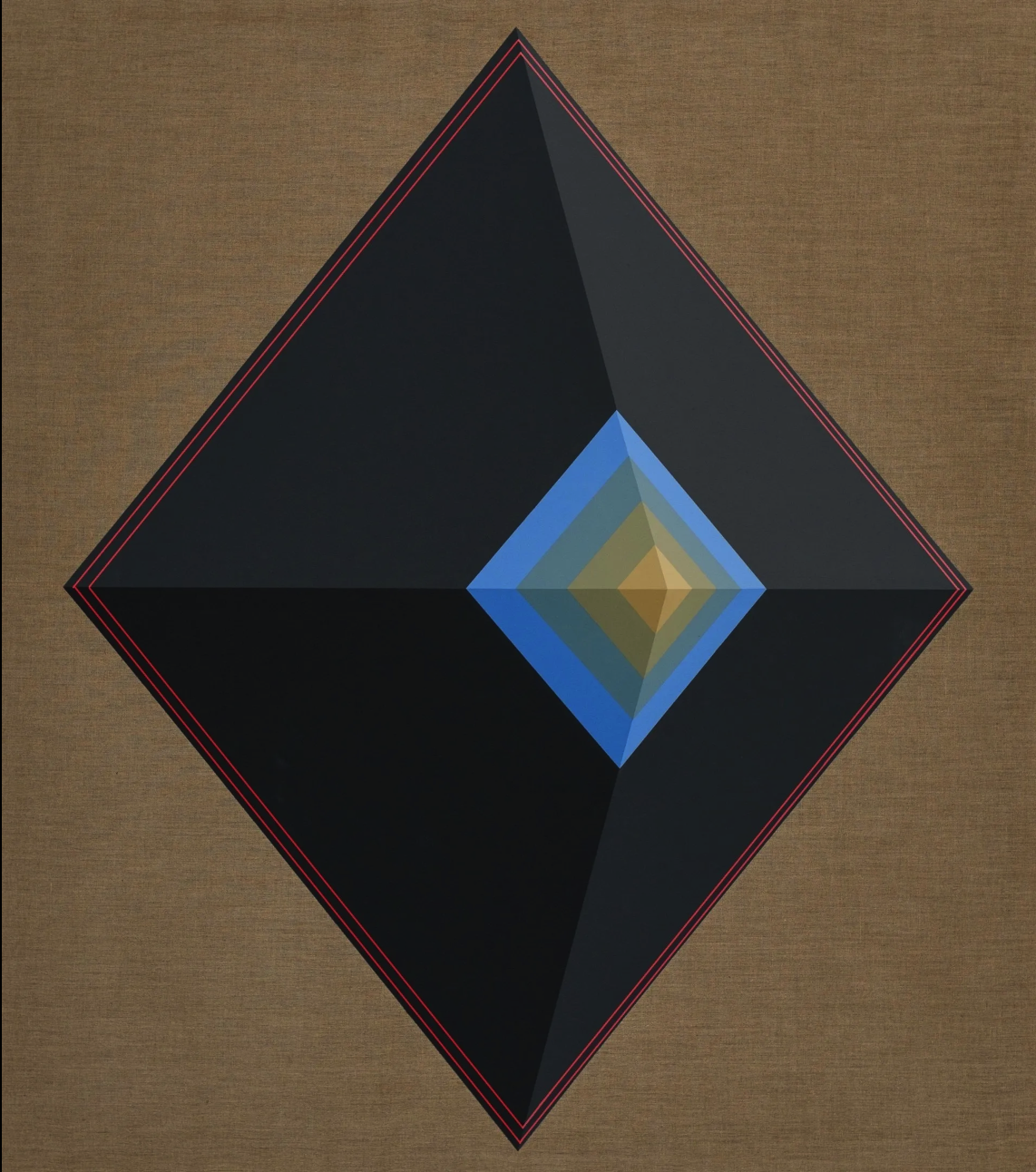
Anna described herself at this time like a robot, as she worked, and got up every day and painted. “Then came Corona, everything was closed, no exhibitions, no galleries”. Anna tells me about talking to people, art historians or art scientists. “They came to me and we talked about it like I’m telling you now,” she exclaims. An art historian had told her, “I have this very simple form, but there are all my experiences in it”. She summarises what they explained and how it accumulated, like in a real diamond. “It’s very clear, but there is a lot of information and a lot of content in it,” she tells me. “That’s what there is a complete essence and a reduction to the essential”. But there is also a lot of information in it, “That’s the opposite of empty. It’s full,” Anna explains. “They also said that my difficult life in Poland and in Germany, that I finally found clarity in these routes. I always looked for clarity, and I found it there. It was very interesting, she said, I painted the light.” That’s the optical illusion, because the picture is flat but you think it’s three-dimensional.
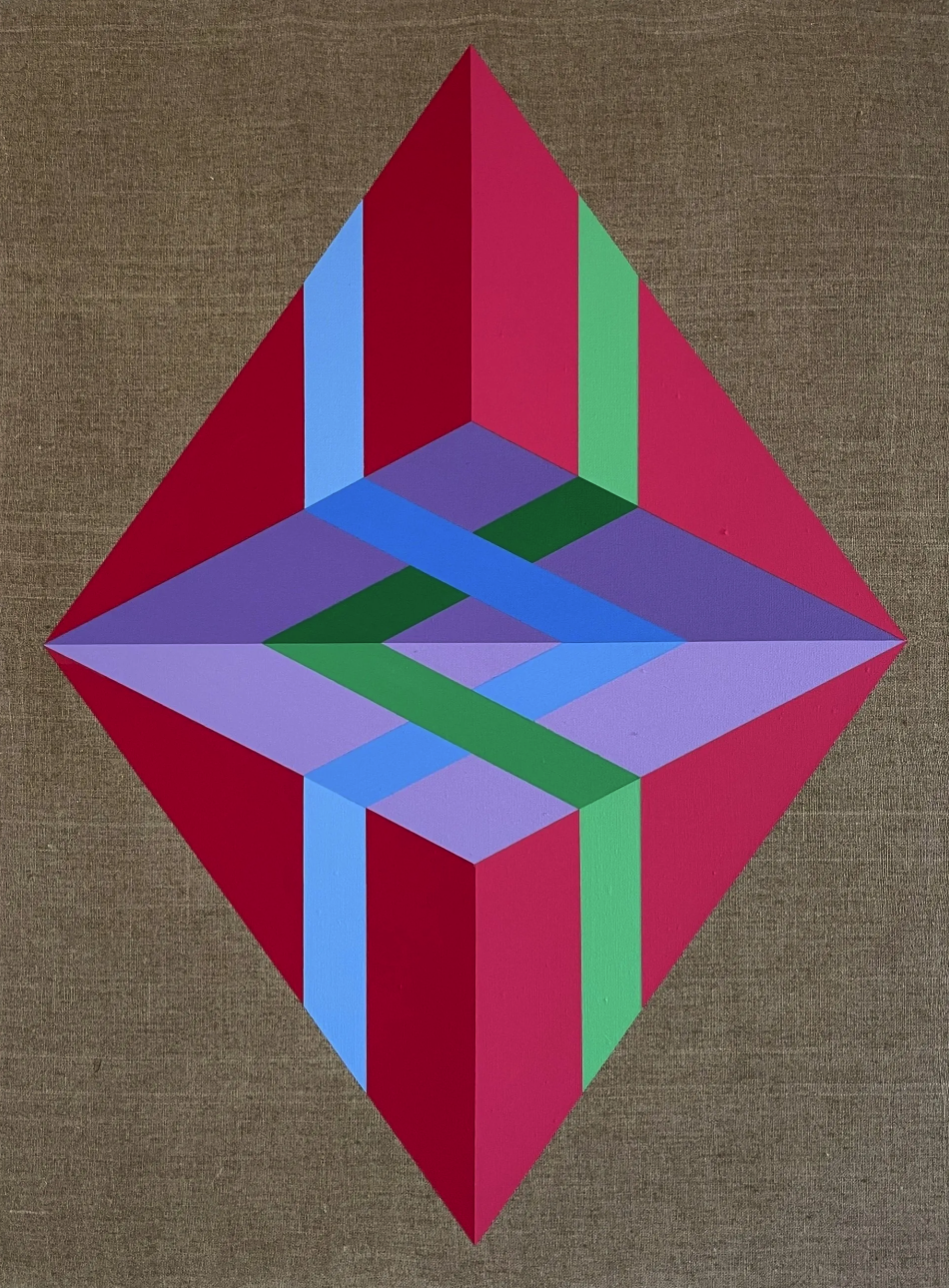
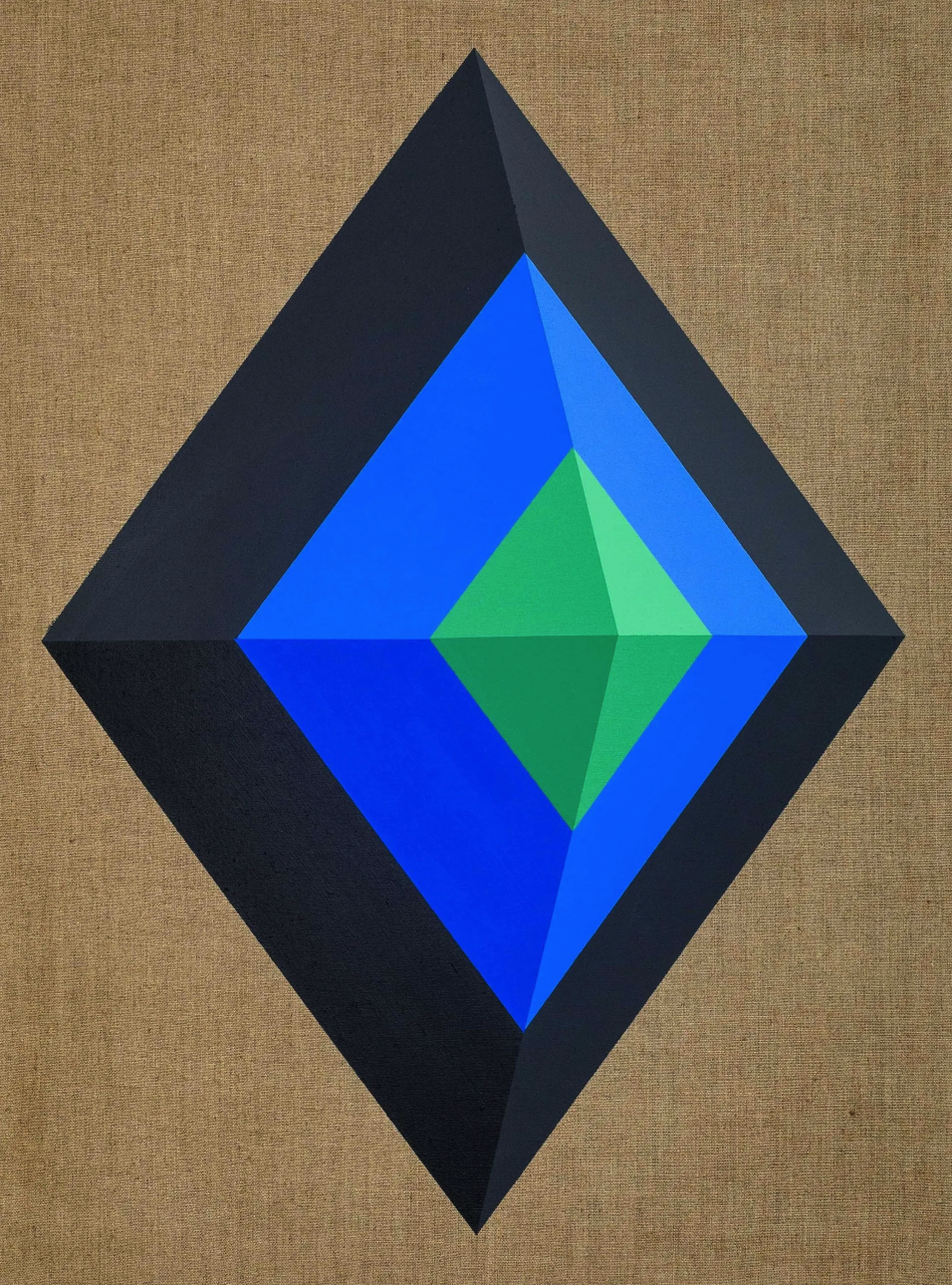
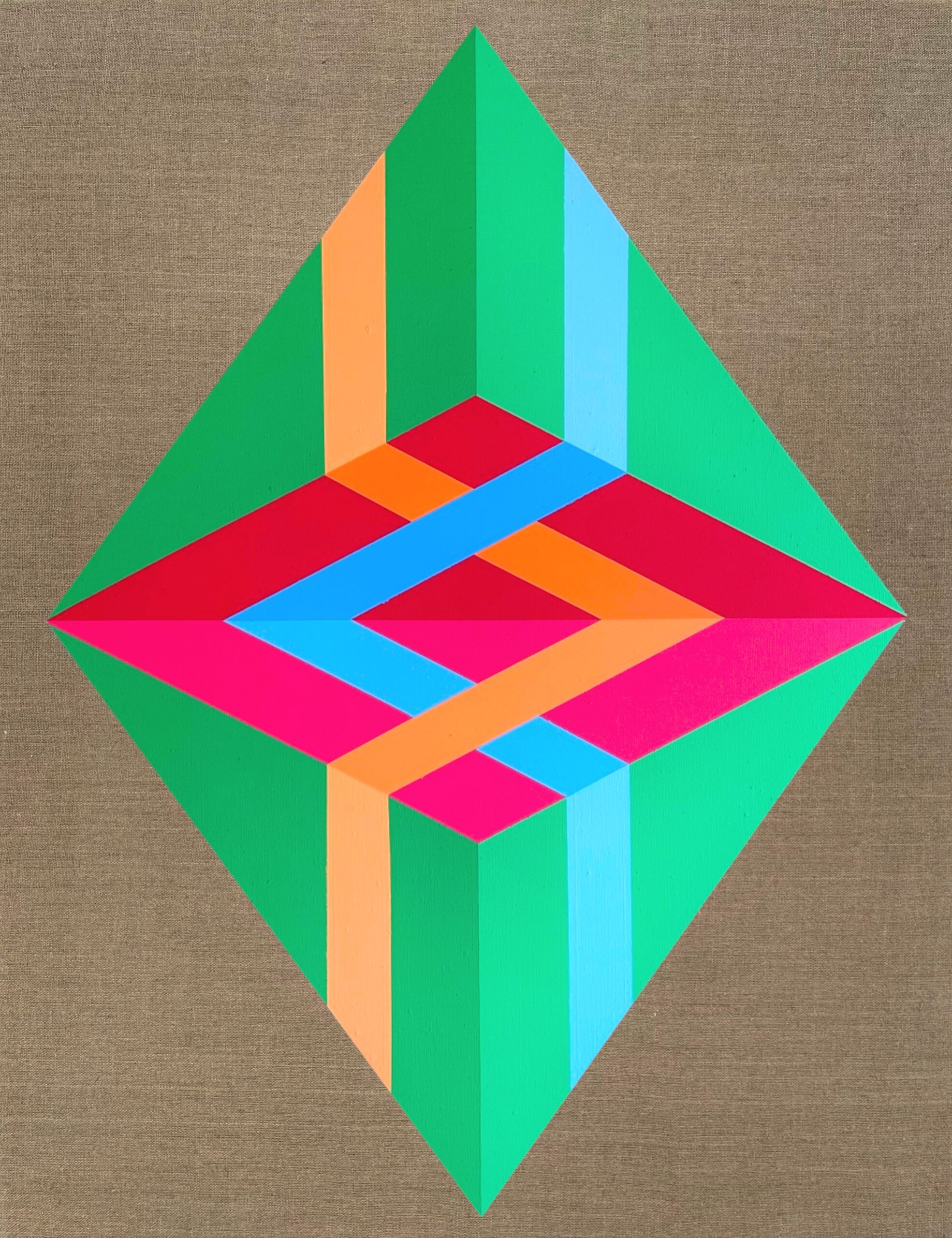
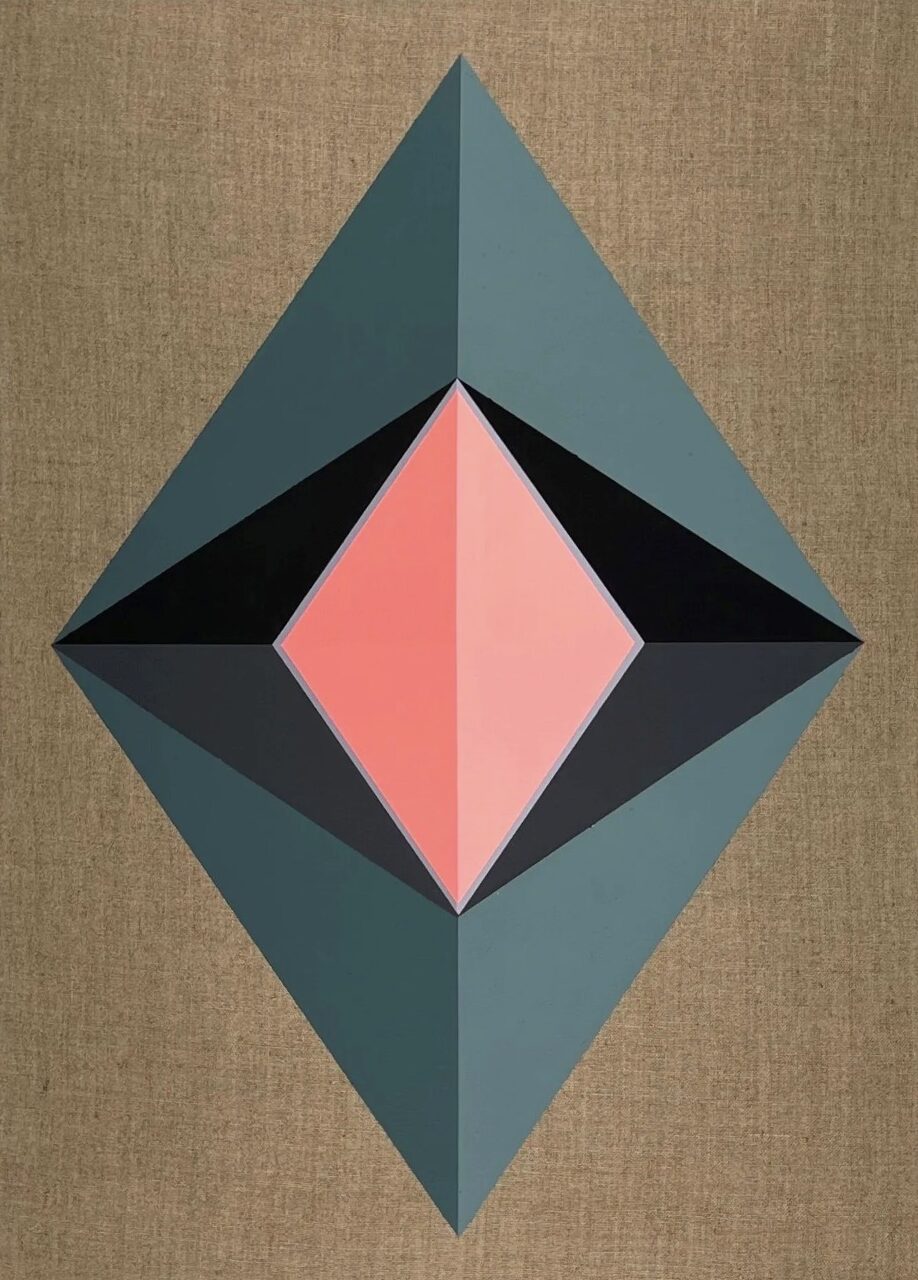
As we come to the close of our interview, when we delve into the topic of perfection, Anna recites a German saying, A quote rom Leonardo Da Vinci translated, it would be ‘Simplicity is the highest form of perfection’ however, the term in English, on the other hand, is ‘Simplicity is the ultimate sophistication.’. The debate of whether perfection exists and if it is fundamental continues with all our interviews, yet points to language and culture and what variations on the same ideals it can cultivate. When I asked Anna what or who inspires her art, she explained that it actually comes from within her, rather than outside influences. When I ask Anna if narrative is important, “We know that everything is complex. You know that, I know that, and we know that. But I would like to say that the world, although it is complex, is actually simple, and we should strive to do and see simple things,” she clarifies.
Interview: Antoinette Haselhorst
